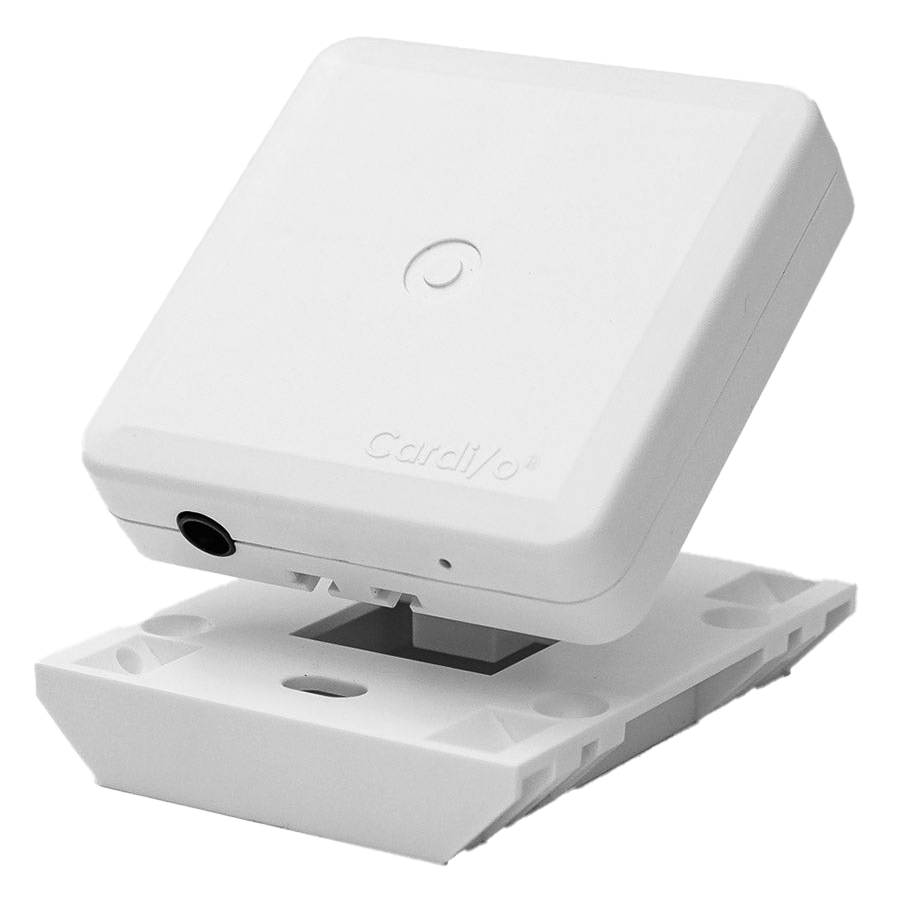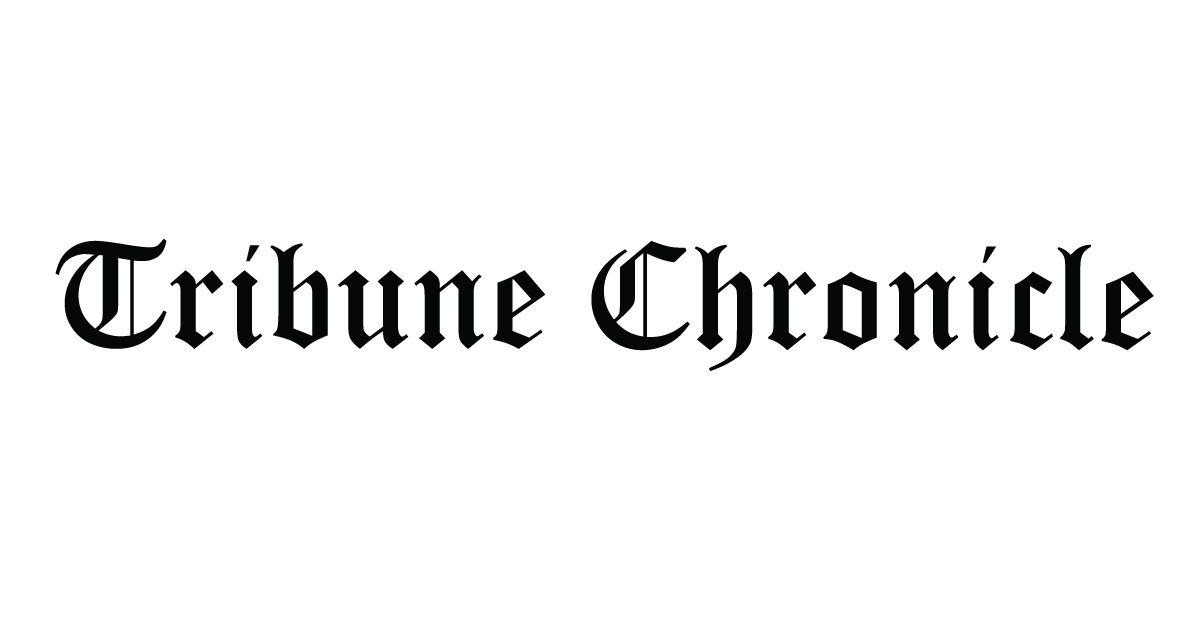From Space to Home: NASA Technology Revolutionizes Heart Health Monitoring
Table of Contents
- 1. From Space to Home: NASA Technology Revolutionizes Heart Health Monitoring
- 2. The Genesis of Innovation: Monitoring Astronaut Health
- 3. From Prototype to Practical Submission: The Cardi/o Monitor
- 4. Real-World Impact: Transforming Cardiac Care in the U.S.
- 5. Addressing Concerns and Looking Ahead
- 6. What are the key features adn benefits of the Cardi/o Monitor, beyond basic heart rate and respiration detection?
- 7. Interview: sajol Ghoshal on NASA Technology Revolutionizing Home Heart Health
- 8. Introduction
- 9. From Space to Home: The Genesis of Innovation
- 10. Developing the Cardi/o monitor
- 11. Key Features and Benefits of the Cardi/o Monitor
- 12. Real-World Impact and Future Prospects
- 13. Addressing Concerns and Looking Ahead
- 14. Concluding Thoughts
By Archyde News, 2025-04-07
NASA’s relentless pursuit of innovative solutions for space exploration has yielded an unexpected yet groundbreaking advancement in cardiac care. technology initially developed to monitor astronauts’ vital signs in the extreme surroundings of space is now being adapted for use in American homes, offering a new frontier in remote heart health monitoring.
The Genesis of Innovation: Monitoring Astronaut Health
The story begins over five years. NASA engineers embarked on a challenging mission: to create a small, inexpensive, and contactless device capable of accurately measuring vital signs. The hurdle? Isolating the subtle movements associated with a heartbeat – approximately one three-thousandth of an inch – from the surrounding “noise” of other bodily motions.This precision was crucial for ensuring astronaut well-being during long-duration spaceflights, where immediate medical intervention is often impractical.
By the late 1990s, advancements in hardware and computing power made the seemingly impossible, possible. The NASA JPL team developed a prototype, a device the size of “a thick textbook,” that emitted a radio beam towards a stationary individual, functioning much like a radar system. Sophisticated algorithms were designed to differentiate between cardiac and respiratory activity and filter out extraneous movements.
From Prototype to Practical Submission: The Cardi/o Monitor
The potential of this technology extended far beyond the confines of space. sajol Ghoshal,now CEO of Austin,Texas-based Advanced TeleSensors,recognized its potential for transforming in-home health monitoring after participating in a presentation of the original NASA prototype. Ghoshal understood that the miniaturization of sensors and computing technology made the development of an affordable, consumer-kind device a realistic goal.
The result is the Cardi/o Monitor, a compact, 3-inch square device designed to be mounted on a ceiling or wall. Its capabilities are notable: it can detect vital signs from up to 10 feet away. Moreover, multiple devices can be strategically placed throughout a home, with all data consolidated and displayed on a single, user-friendly smartphone app. This comprehensive approach provides both individuals and their healthcare providers with a holistic view of their cardiac health.
The algorithms, originally developed by NASA, form the foundation of the monitor’s functionality, accurately detecting heartbeat and respiration. Advanced TeleSensors has augmented these capabilities by incorporating heart rate variability detection, a critical indicator of stress levels and potential sleep apnea. This enhancement provides a more nuanced understanding of an individual’s overall well-being.
Here’s a breakdown of the Cardi/o Monitor’s key features:
| Feature | Description | Benefit |
|---|---|---|
| Contactless monitoring | Detects vital signs without physical contact. | Increased comfort and convenience, especially for elderly or mobility-impaired individuals. |
| Remote Data Access | Data accessible to healthcare providers via secure cloud storage. | Enables timely intervention and reduces the need for frequent in-person visits. |
| Anomaly Detection | Alerts users to notable changes in heart rate or respiration. | Early warning system for potential cardiac events. |
| heart Rate Variability | Provides insights into stress levels and sleep apnea. | Holistic view of cardiovascular health and overall well-being. |
Real-World Impact: Transforming Cardiac Care in the U.S.
The potential implications of this technology are particularly profound for managing chronic conditions like congestive heart failure, a prevalent issue affecting millions of Americans. The Cordella Pulmonary Artery Sensor System,an FDA-approved system derived from NASA’s wireless sensing technology,allows doctors to remotely monitor heart health and has shown significant improvements in patient outcomes.
Imagine a scenario where a senior citizen living alone in rural Montana experiences a sudden spike in heart rate. The Cardi/o Monitor detects this anomaly and sends an alert to their smartphone, as well as to their primary care physician in Billings. The doctor, reviewing the data remotely, can than assess the situation and determine whether an immediate intervention, such as adjusting medication or arranging for an ambulance, is necessary. This proactive approach can perhaps prevent a serious cardiac event and improve the patient’s quality of life.
the device stores up to six months of data in a secure cloud, making it readily accessible to healthcare providers. this feature is especially valuable for managing patients with chronic conditions, limiting the need for regular in-person visits. This is “particularly important for conditions such as infectious diseases, which can put medical professionals and other patients at risk.”
Addressing Concerns and Looking Ahead
While the Cardi/o monitor holds immense promise, it is indeed critically important to address potential concerns. Data security and privacy are paramount. advanced TeleSensors emphasizes its commitment to protecting patient data through robust encryption and compliance with HIPAA regulations. Another consideration is the potential for “alert fatigue,” where frequent notifications could desensitize users to genuine emergencies. To mitigate this risk, the device incorporates customizable alert thresholds, allowing users to tailor the system to their individual needs and preferences. Moreover, the device is not intended to replace regular check-ups with a physician, but rather to supplement them with continuous monitoring.
Looking ahead, the future of remote health monitoring appears radiant. As technology continues to advance, we can expect to see even more sophisticated devices and algorithms that provide personalized insights into our health. NASA’s contribution to this field is undeniable. “Through the commercialization of this life-preserving technology, NASA is at the heart of advancing health solutions.”
What are the key features adn benefits of the Cardi/o Monitor, beyond basic heart rate and respiration detection?
Interview: sajol Ghoshal on NASA Technology Revolutionizing Home Heart Health
By Archyde News, 2025-04-08
Introduction
Welcome, readers, to archyde News.Today, we have the pleasure of speaking with Sajol Ghoshal, CEO of Advanced TeleSensors, the company behind the revolutionary cardi/o Monitor. Sajol, thank you for joining us.
Sajol Ghoshal: it’s a pleasure to be here. Thank you for having me.
From Space to Home: The Genesis of Innovation
Archyde News: Let’s dive right in. The Cardi/o Monitor’s origins are engaging,stemming from NASA’s research. Could you elaborate on how technology designed for astronauts has found its way into our homes to improve heart health?
sajol Ghoshal: Absolutely. The core technology was developed by NASA’s Jet Propulsion Laboratory to remotely monitor astronauts’ vital signs in space. The challenge was to measure very subtle movements, like a heartbeat, in a contactless manner, filtering out all the “noise.” The initial prototype used a radio beam to detect these subtle changes.
Developing the Cardi/o monitor
Archyde News: Incredible. So, you recognized the potential of this NASA innovation. What were the key steps in adapting this complex technology for the consumer market by developing Cardi/o monitor?
Sajol Ghoshal: After seeing the NASA tech, I was promptly struck by its potential for in-home health monitoring, but we knew miniaturization was key. The sensors and computer technology had to become affordable, small, and easy to use. Our team at Advanced TeleSensors focused on making the tech as accessible as possible, including mounting it to a ceiling or wall and using a consumer-friendly smartphone app, making it an approachable tool for the end-user.
Key Features and Benefits of the Cardi/o Monitor
Archyde News: The Cardi/o Monitor boasts remarkable features. Can you explain some of the more advanced capabilities, such as heart rate variability detection, and how they contribute to a more holistic view of cardiovascular health?
Sajol ghoshal: besides accurate heartbeat and respiration detection, we integrated heart rate variability (HRV) analysis.HRV allows us to gauge stress levels and even detect potential sleep apnea, providing a much deeper understanding of an individual’s health. This data, coupled with remote access and anomaly detection, allows for a more comprehensive picture and potentially faster intervention.
Real-World Impact and Future Prospects
Archyde News: The implications seem notably significant for managing chronic conditions. Can you share your thoughts on the real-world impact, especially in helping patients with conditions like congestive heart failure?
Sajol Ghoshal: We see the Cardi/o Monitor as a game-changer for remote patient monitoring. Providing early warnings of changing heart rate and connecting patients and physicians has the potential to prevent serious cardiac events. By allowing healthcare providers to access data remotely, we can definitely help reduce office visits, also reducing risks, particularly during times like infectious disease outbreaks.
Addressing Concerns and Looking Ahead
Archyde News: Data security and privacy are paramount. How does Advanced TeleSensors address these concerns, and how do you plan to tackle the potential for “alert fatigue”?
Sajol Ghoshal: We use robust encryption, in accordance with HIPAA regulations, to safeguard patient data. To prevent alert fatigue concerns, the Cardi/o Monitor’s alert thresholds can be customized. This allows users to create personal alerts,ensuring they are notified in ways that are meaningful to them.We emphasize that our device is not a replacement for regular check-ups but a supplement tool designed to empower individuals.
Archyde News: Looking ahead,what advancements can we anticipate in the field of remote heart health monitoring,and how does NASA’s contribution continue to drive innovation?
Sajol Ghoshal: This industry is poised for explosive growth. We expect to see even more advanced devices and algorithms that offer personalized health insights.NASA has played an integral role in advancing heart health solutions by commercializing these life-saving technologies.It’s an exciting time to be involved.
Concluding Thoughts
Archyde News: Sajol, this has been incredibly insightful. Thank you for sharing your expertise with us today. Before we conclude,what message do you want to leave with our readers?
Sajol Ghoshal: I want people to know that this technology isn’t just about monitoring; it’s about empowering individuals to take control of their health. We believe the Cardi/o Monitor is a step towards a future where proactive healthcare is accessible to everyone.
Archyde News: A truly essential technology that is at the forefront of advancements in healthcare. Our sincere gratitude to the CEO of Advanced TeleSensors, Sajol Ghoshal, for his time. Now, what do you, our readers, think about this innovative technology? share your thoughts and insights on this incredible invention in the comments section below.








